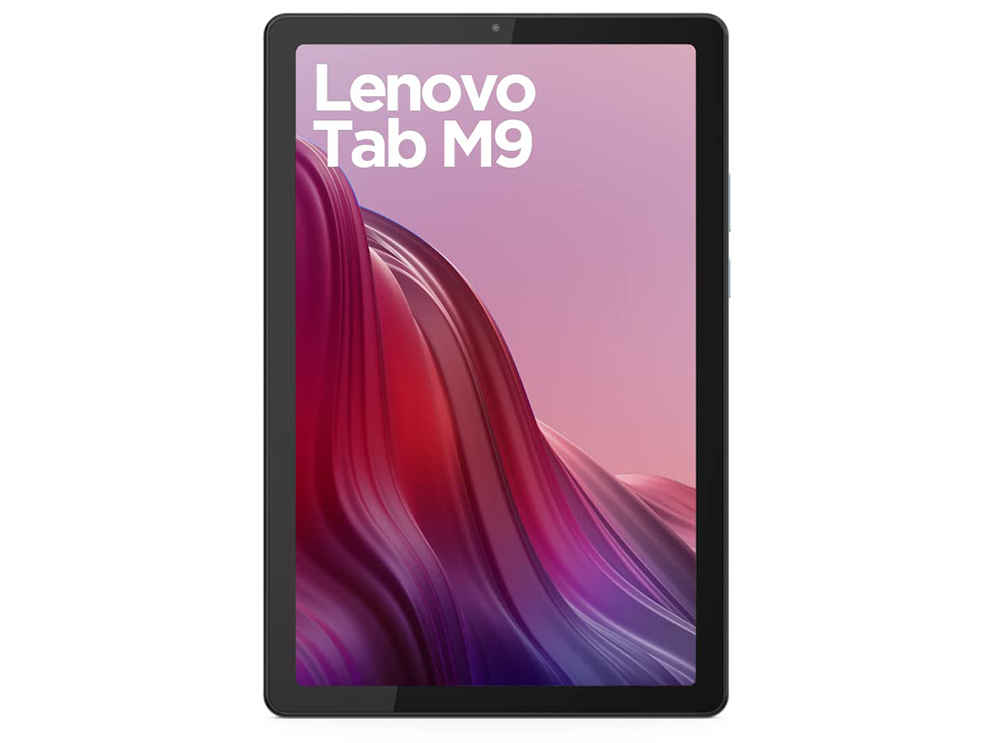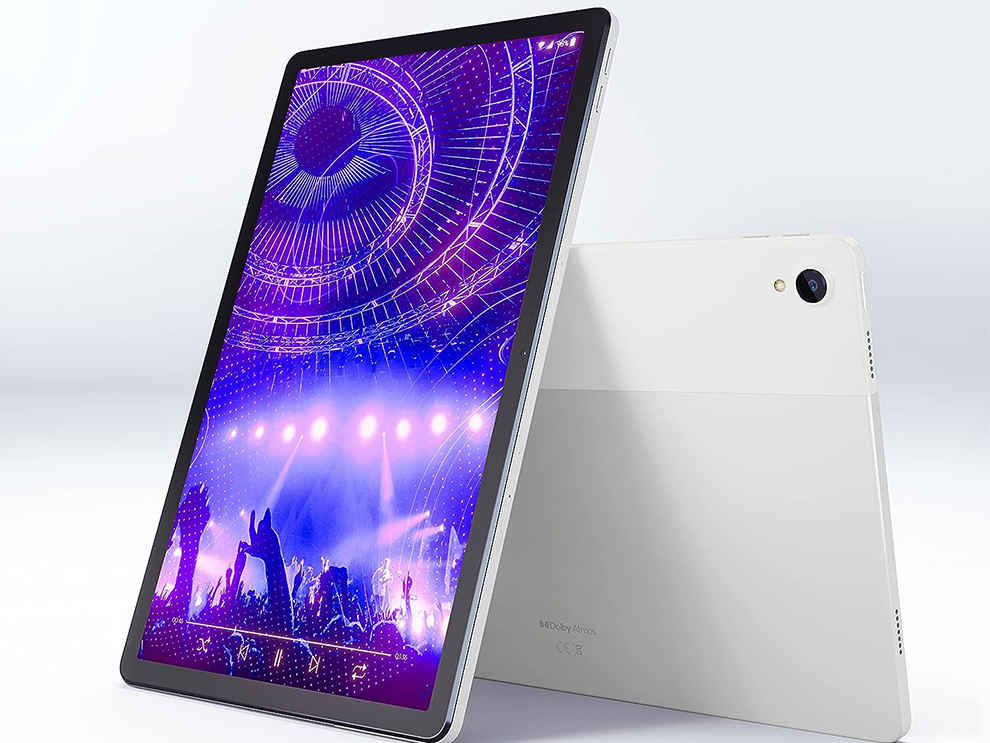
Lenovo has been among the few companies at the forefront of tablet innovation and development in India. The company has launched several tablets in the past couple of years including their first 5G tablet offering – the Lenovo Tab P11 5G. There have been other recent launches such as the Lenovo Tab M9 as well, which is touted to be popular amongst students and working individuals. It is no surprise that Lenovo emerged as the leading company in the 5G tablet market in India in 2022, as per a CMR report. On the heels of these recent launches, we spoke to Sumati Sahgal, Head - Tablets and Smart Devices, Lenovo India, about the tablet ecosystem in India, the manufacturing of tablets locally, and the relevance of tablets in the era of foldables. It was quite an insightful discussion that you can read in detail below.
Sumati Sahgal, Lenovo India: Lenovo has always been a key player in the tablet market, and it remains one of our core business lines. Our approach is centred around providing the right products that align with customer requirements while incorporating innovative features. We constantly strive to meet the ever-changing needs of tablet users in India. Let's talk about the recent launches, starting with the Tab M9. With the Tab M9, we introduced a product that provides a fully immersive experience with a full HD display and a powerful Qualcomm snapdragon processor.
Tablets serve different purposes for consumers. Entertainment has become a prominent tablet use case, demanding larger screens. With the new M9 we seek to meet the functional needs of the user on the go, the P11 caters to the infotainment needs This is our premium offering with 5G capabilities. As 5G networks roll out across the country, there is a growing demand for devices that can provide an enhanced content consumption experience. Customers want larger screen sizes, excellent display quality, and the ability to connect beyond 4G networks. This is where the Tab P11 fills the gap. The pen adds to the comprehensive range of accessories and higher storage option variants make this a complete offering.
Lenovo's approach to the tablet segment in India revolves around understanding customer requirements and delivering innovative products. Our recent launches, the Tab M9 and Tab P11 5G, showcase our commitment to offering a diverse range of tablets that cater to different use cases and meet the evolving needs of consumers.

Lenovo Tab M9
Sumati Sahgal, Lenovo India: From a category perspective, we have observed a significant shift in consumer buying behavior towards a blend of online and large-format retail. While Online buying became pronounced during the pandemic, a considerable portion of consumers still prefer offline stores where they can experience products. At Lenovo, we recognize the importance of making our products available at the point of sale where consumers conduct their research and make purchasing decisions. Online platforms have become crucial for consumers as a primary research tool. Therefore, online presence is vital for us. Nonetheless, we also maintain a strong offline presence through organized retail partnerships and our Lenovo exclusive stores. This allows us to cater to customers across various channels and provide them with opportunities to experience our products firsthand.
In terms of partnerships, we collaborate with key players in the market, including leading online retailers and offline chains. We have observed positive performance across these channels, with offline platforms serving as a preferred choice when customers desire a hands-on experience, particularly for premium products like our flagship Yoga Tab and the recently launched Tab P11. However, it is important to note that the purchase cycle spans both online and offline channels, catering to the preferences of a diverse audience.
Sumati Sahgal, Lenovo India: The R&D team at Lenovo is a global expert team. This team is responsible for ensuring that our tablet lineup stays up to date with the latest trends and consumer demands. Speaking of trends, one notable shift in consumer buying behaviour is a preference for larger screen sizes. Recognizing this, we have included larger displays in our new product portfolio. Additionally, consumers are increasingly interested in purchasing accessories such as keyboards, styluses, and tablets with pens, as these enhance the overall user experience. We have taken these use cases into account and have incorporated them into our latest offerings. Our focus is on providing a comprehensive portfolio rather than just a standalone screen.
Sumati Sahgal, Lenovo India: Lenovo is strongly committed to local tablet manufacturing in India. Our current tablet production line already incorporates a significant portion of manufacturing in India, and we are actively working towards expanding this further. This is in line with the increasing demands of the Indian market, which is not only driven by education but also by the growing need for automation in both commercial and consumer sectors. Additionally, we are grateful for the government's support in this endeavour, as evidenced by the recent announcement of the PLI policy. This policy further reinforces our belief and commitment to manufacturing devices locally in India.
Sumati Sahgal, Lenovo India: From an Indian perspective, manufacturing tablets and other products faced challenges in the past. Sourcing the right partners and setting up production facilities were particularly challenging during the initial stages. However, with the government's support and the implementation of favorable policies like the PLI, the manufacturing process has improved. Over the years, the industry has gained experience and become more streamlined. These ongoing efforts have positioned India as a competitive hub for tablet manufacturing.

Sumati Sahgal, Lenovo India: With the persistent rise of remote work and the increasing demand for tablets, the need for better cameras has become apparent. Lenovo recognizes this and is taking steps to constantly improve product capabilities. In the past, tablet cameras typically offered a modest 5-megapixel resolution for the rear camera and started with an 8-megapixel front camera. However, Lenovo's new product range now boasts a 13-megapixel camera, showcasing a clear shift toward enhanced camera performance. It's important to understand that while cameras are an important feature, the primary purpose of tablets goes beyond photography. Also, when considering the hierarchy of consumer priorities, camera functionality ranks lower compared to other essential tablet functionalities. Tablets serve as versatile devices for content consumption, content creation, and productivity.
In line with consumer needs and our own focus, our emphasis has been on providing tablets with high-performance processors and delivering a seamless user experience. Additionally, features like effortless text conversion and seamless stylus input have become increasingly relevant in meeting customer requirements. As Lenovo continues to innovate and develop its product portfolio, including tablets, improvements in camera technology will undoubtedly be part of the evolution. However, the greatest emphasis will remain on delivering a superior overall experience, meeting the diverse needs of consumers in the realm of infotainment and productivity.
Sumati Sahgal, Lenovo India: Mobile Gaming is an evolving segment with a growing demand for compact handheld gaming tablets. To cater to this demand, Lenovo offers a gaming-specific tablet called the Legion Tab Y700, which has been well-received in global markets. In India too, consumers are increasingly seeking a seamless and immersive gaming experience on their tablets. Although the market is still evolving, we recognize the importance of delivering a strikingly productive gaming experience to our customers. Legion Y700 boasts of a snapdragon 8+ gen1 processor, 144Hz display and 3 cameras packed into a powerful 8.8” device.
At Lenovo, we are taking various steps to ensure a smooth and hitch-free gaming experience on our tablets. This includes leveraging cutting-edge technologies and hardware components that enhance performance, graphics, and responsiveness. We also collaborate closely with game developers to optimize games for our tablets, taking into consideration factors like display quality, touch sensitivity, and overall performance. By continuously assessing consumer feedback and market trends, we strive to deliver gaming tablets that meet the expectations of our customers. We are committed to refining and expanding our gaming tablet offerings to cater to the evolving needs of gamers in India and around the world.
Sumati Sahgal, Lenovo India: Tablets still hold their relevance even with the advent of foldable devices in the market. Foldables usually fall in the 7-inch to 8-inch range, while PCs boast larger screens at around 14 inches, both offer bigger screens and snazzy cameras, but tablets occupy that sweet spot between PCs and smartphones. They cater to different user needs. While foldable phones might be your go-to primary device, tablets serve a distinct purpose. Tablets strike a balance with a screen size that appeals to a wide range of users. We are witnessing the tablet market in India is still growing despite the rise of foldable mobiles. That just goes to show that the category continues to have a strong demand, meeting versatile needs like multimedia consumption, productivity tasks, and content creation, which might not be fully replicated by foldable devices.










